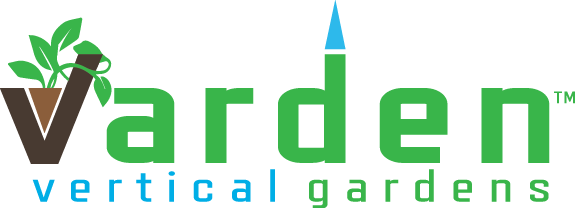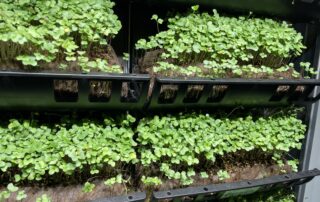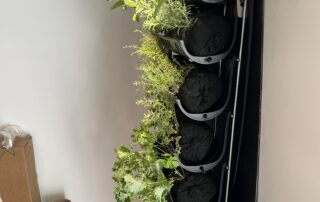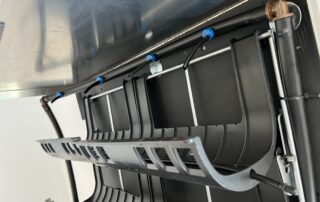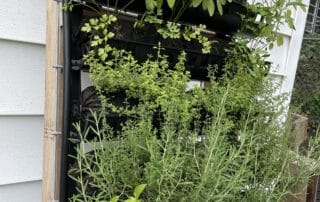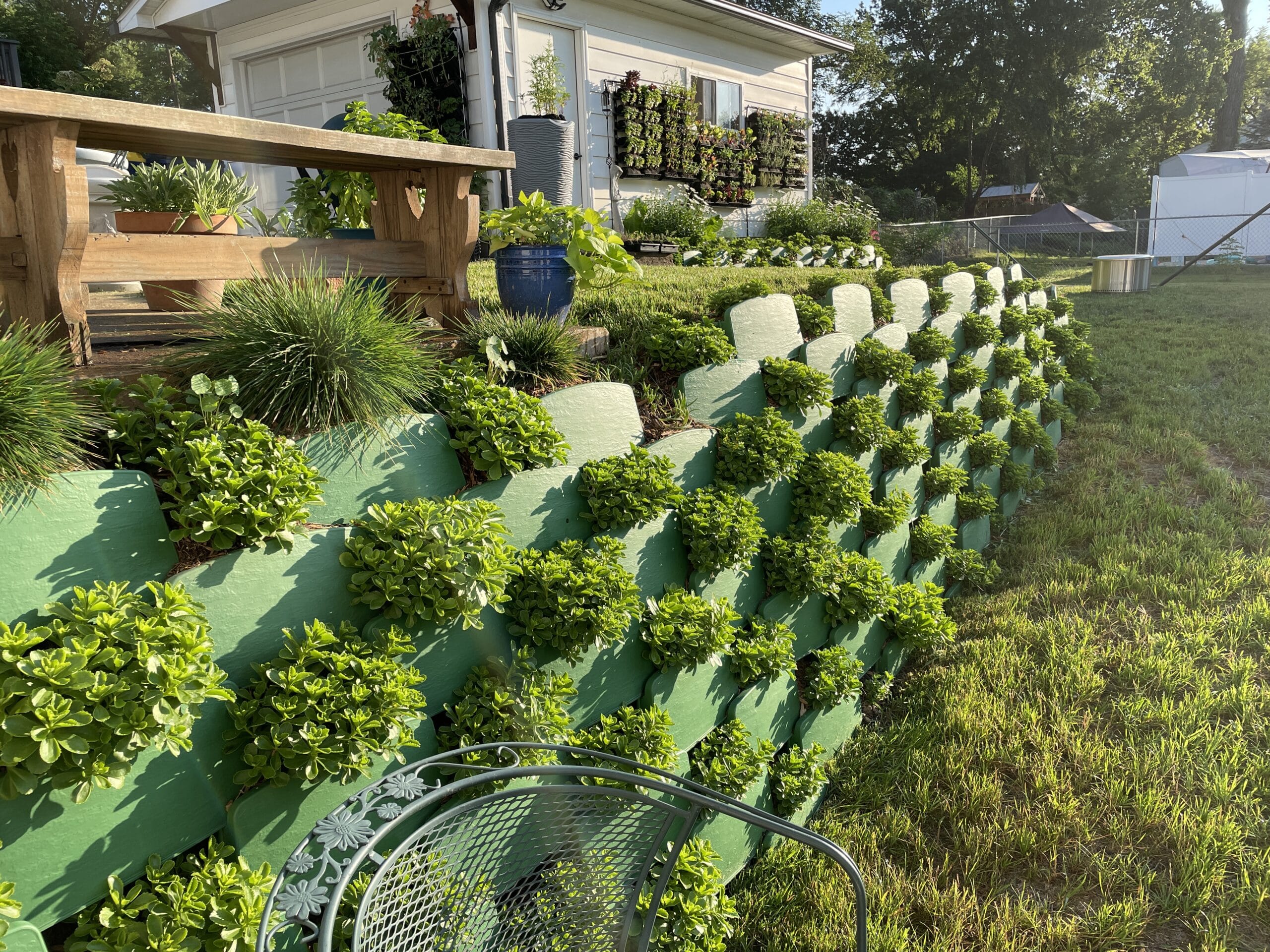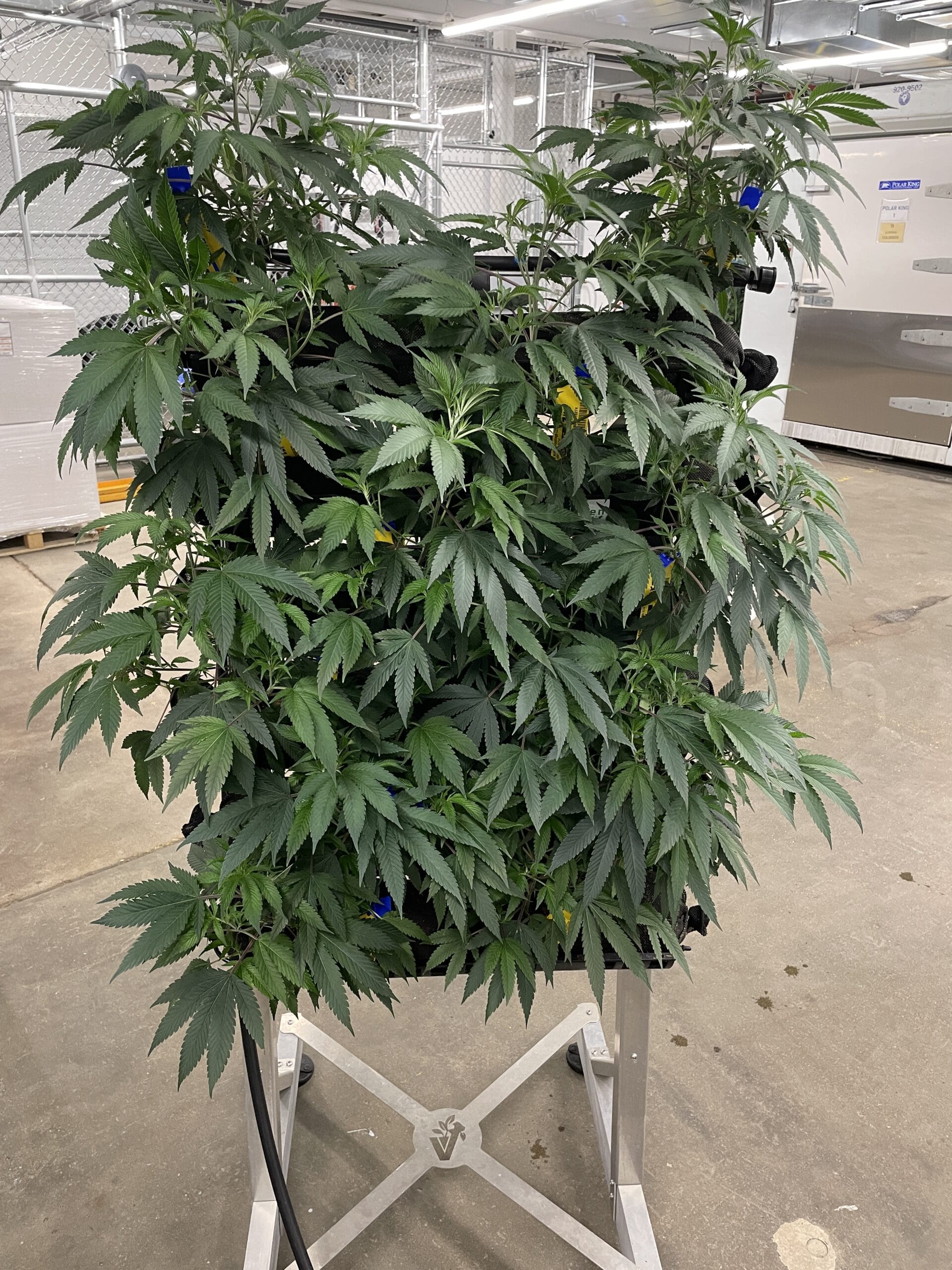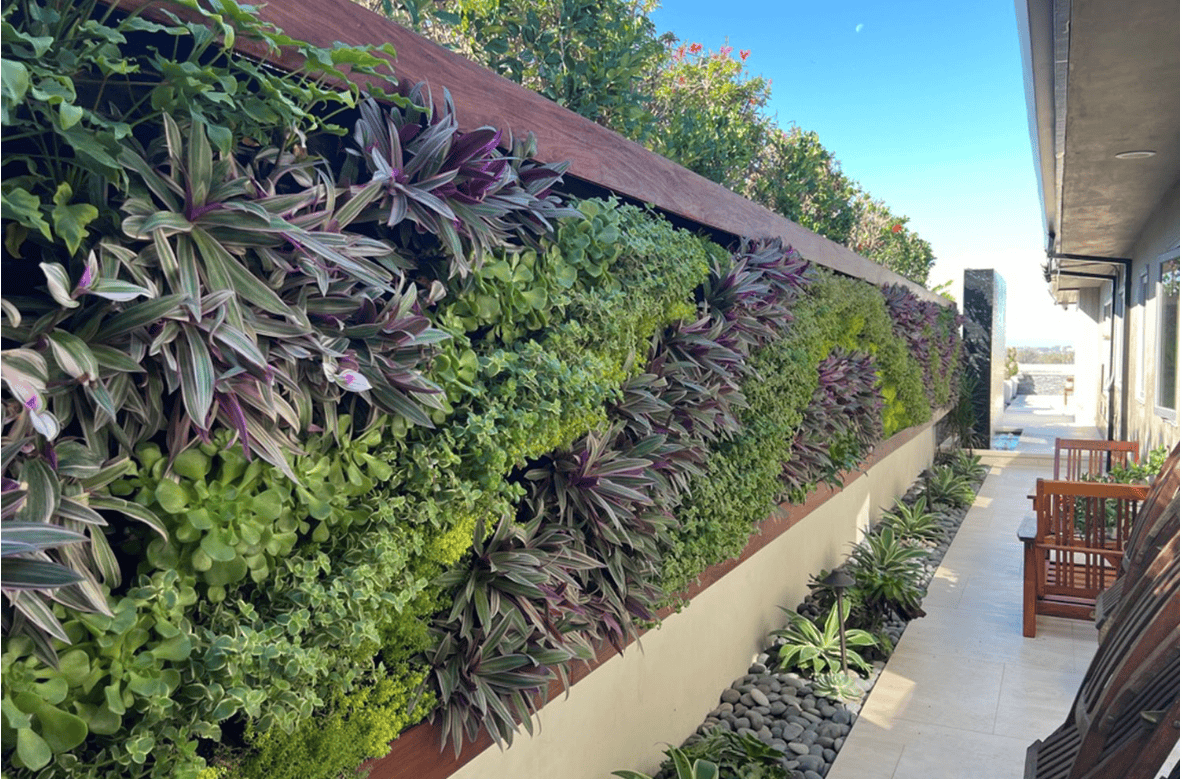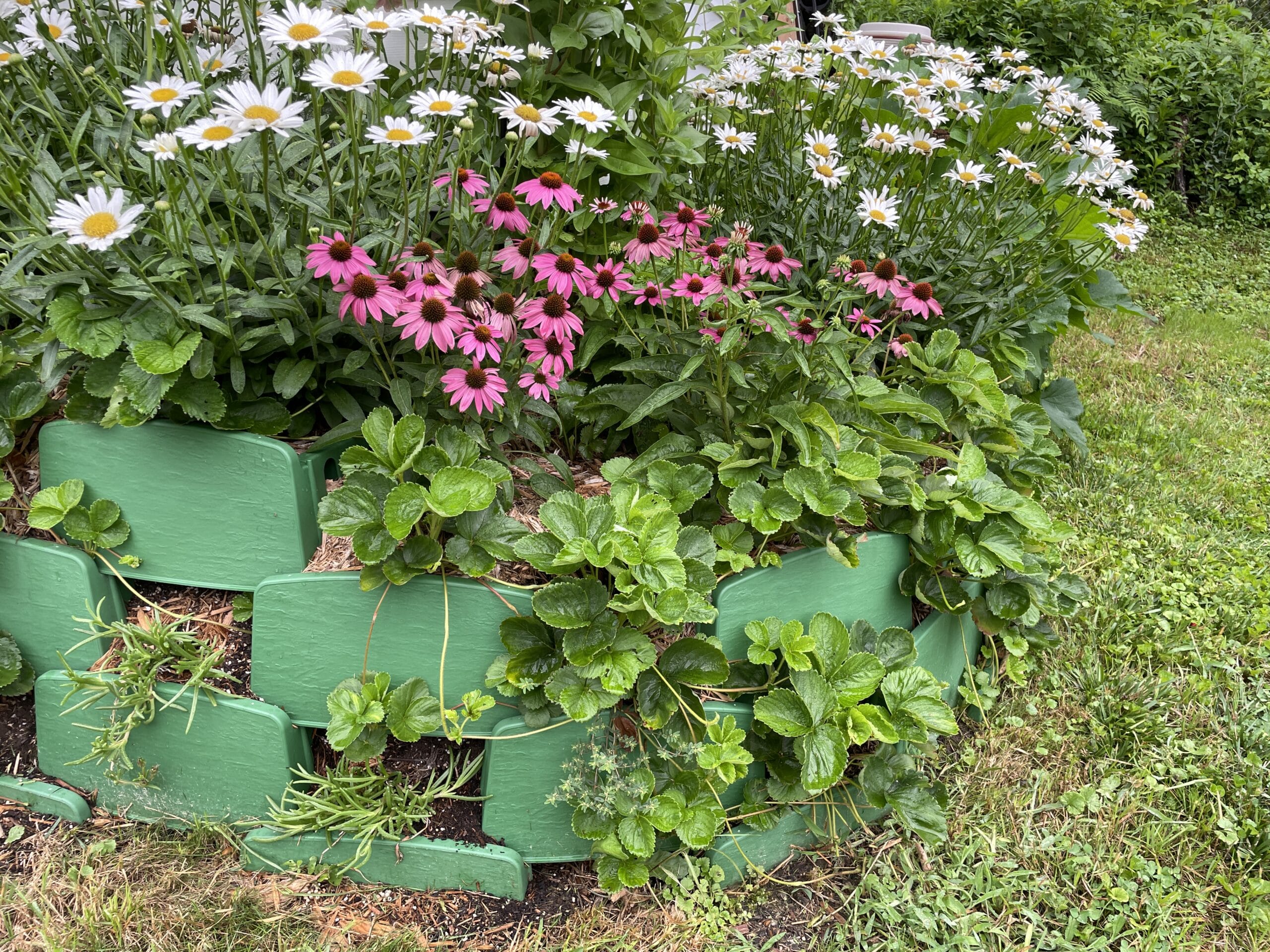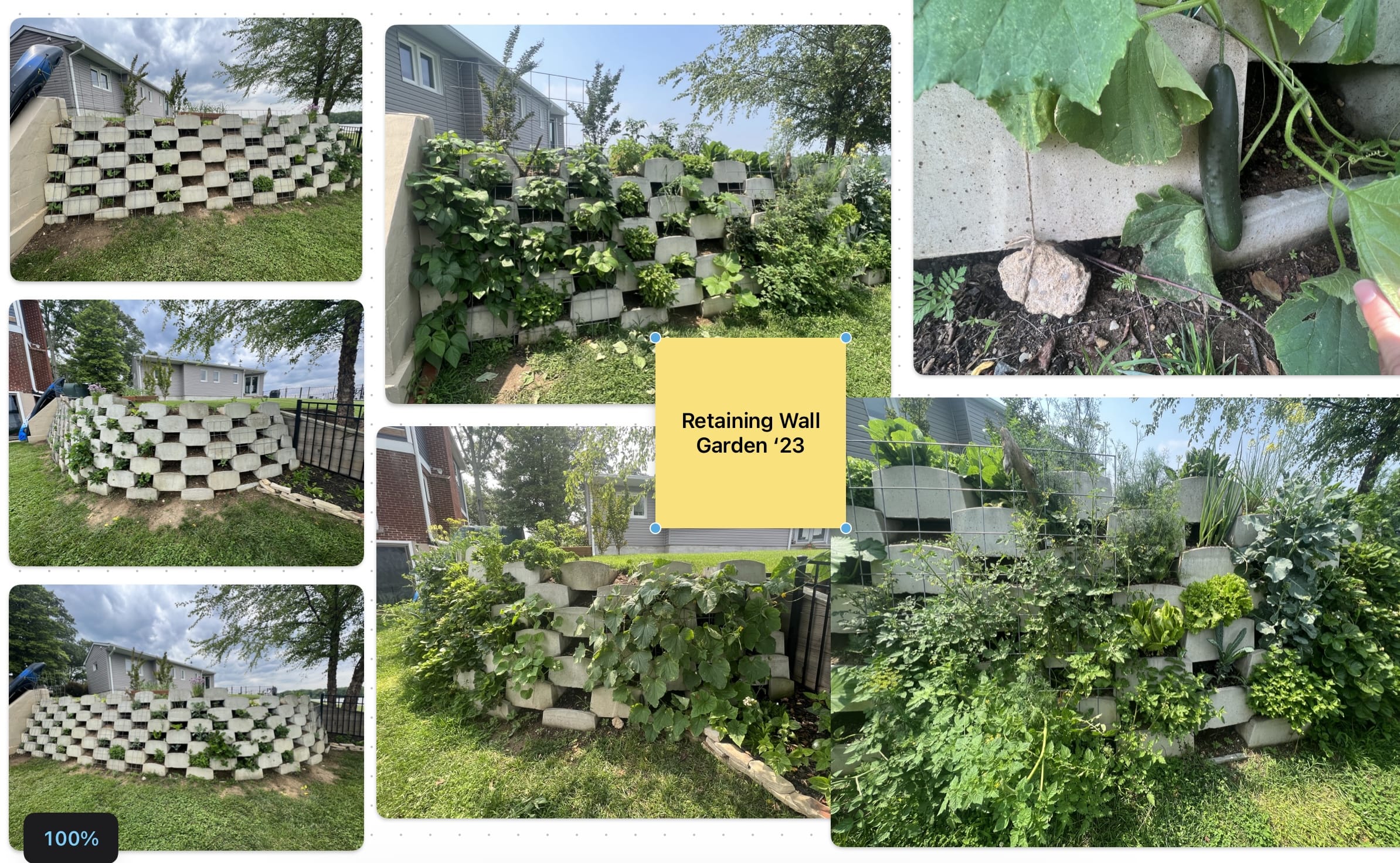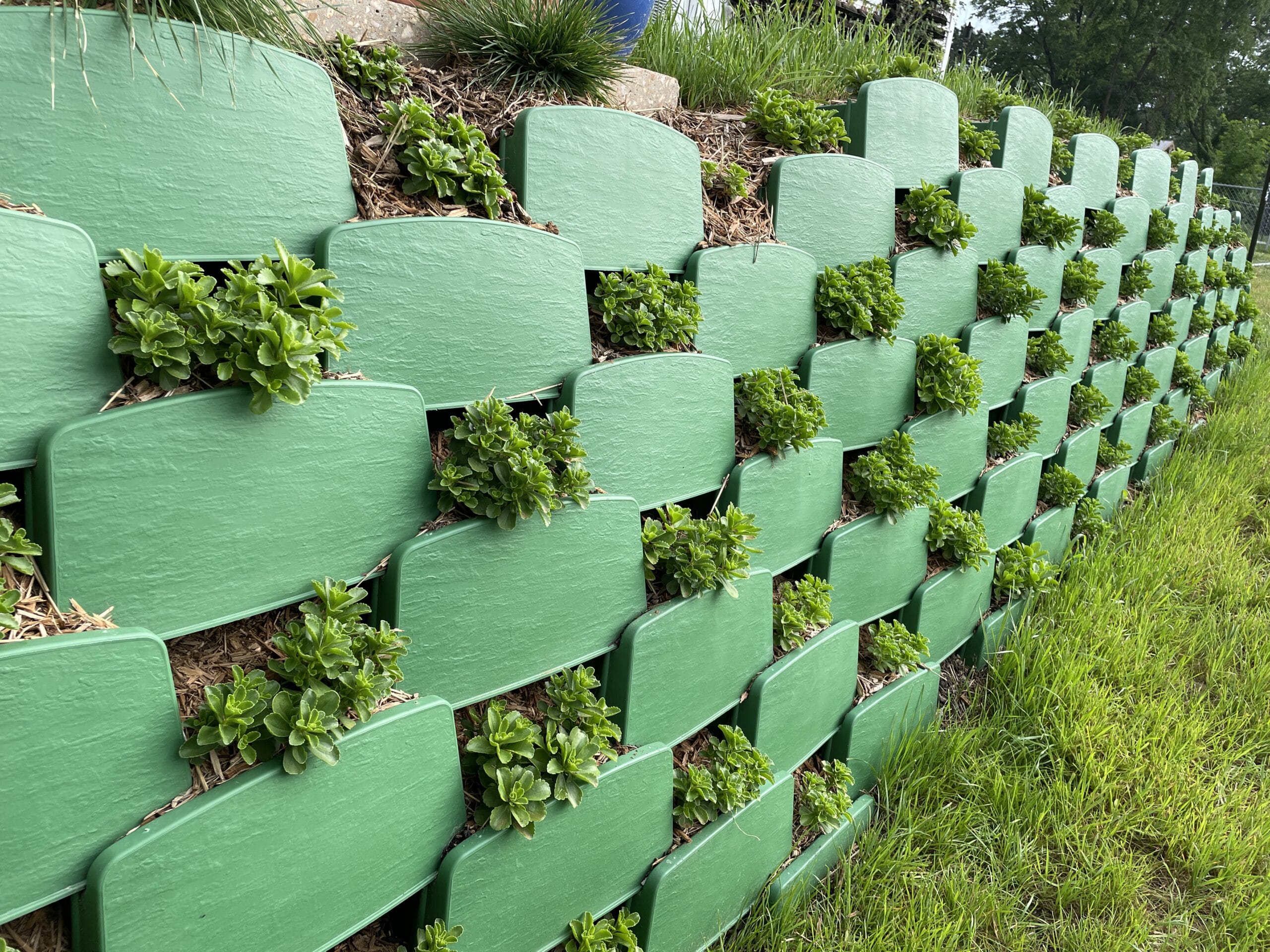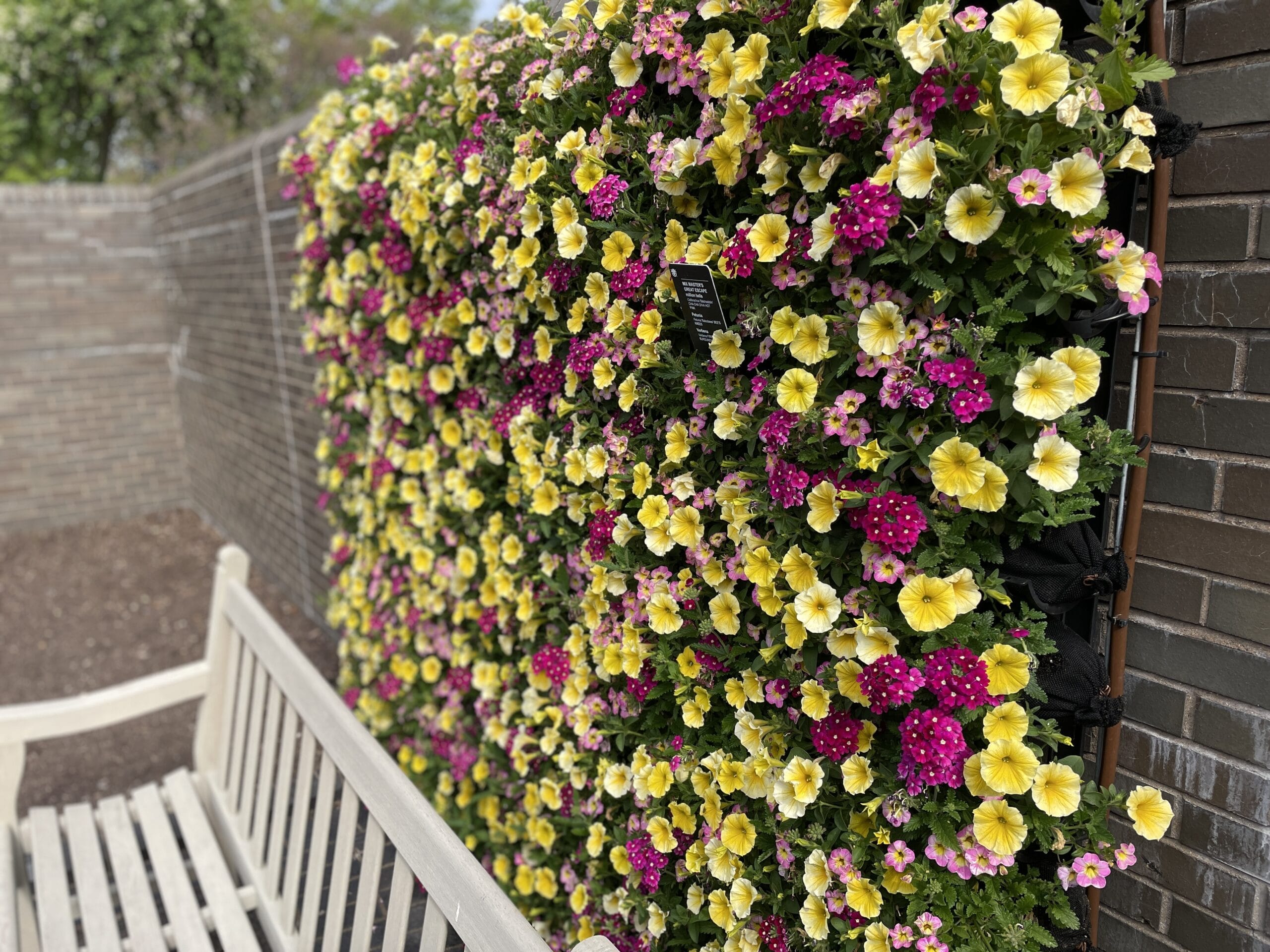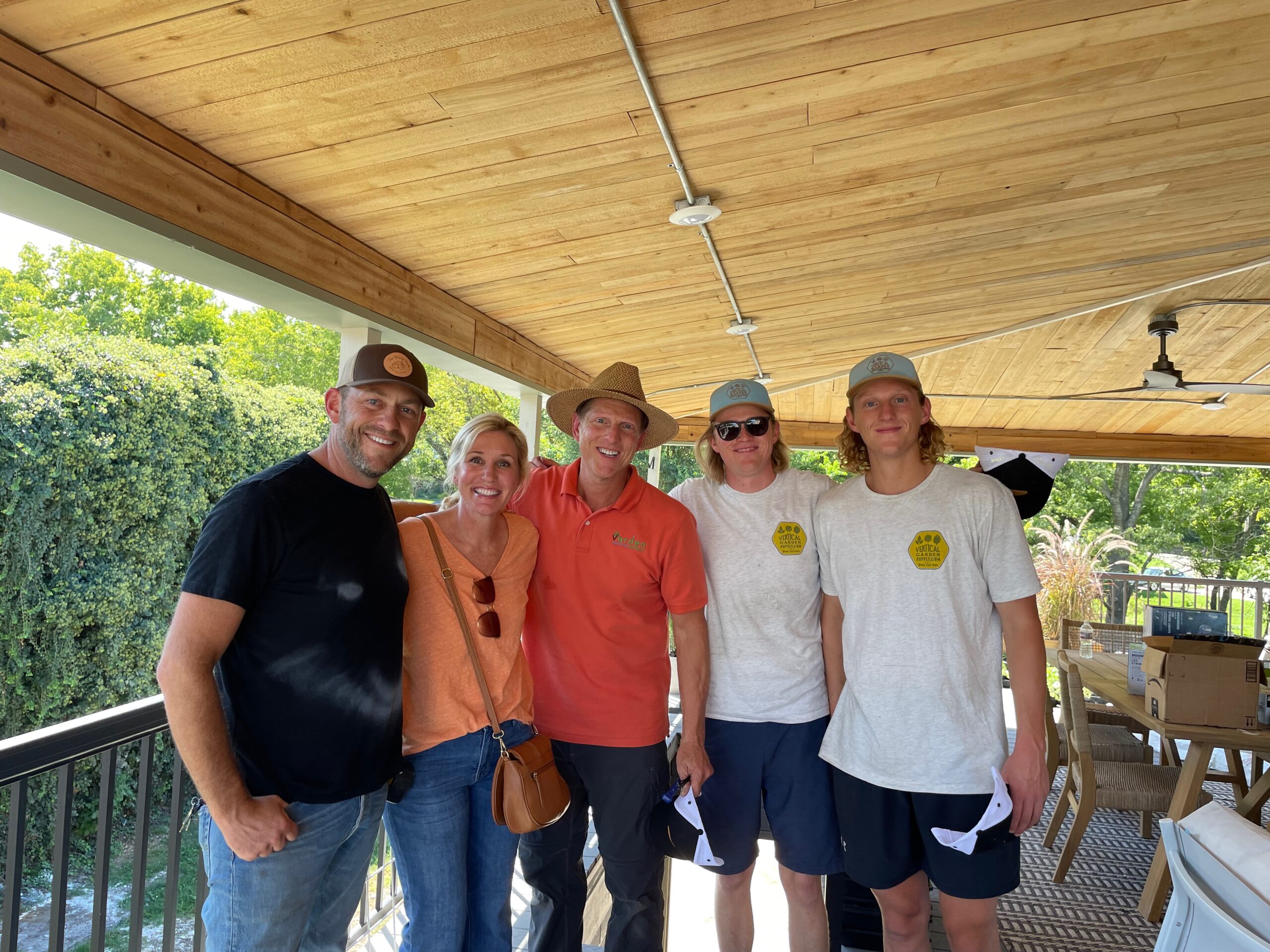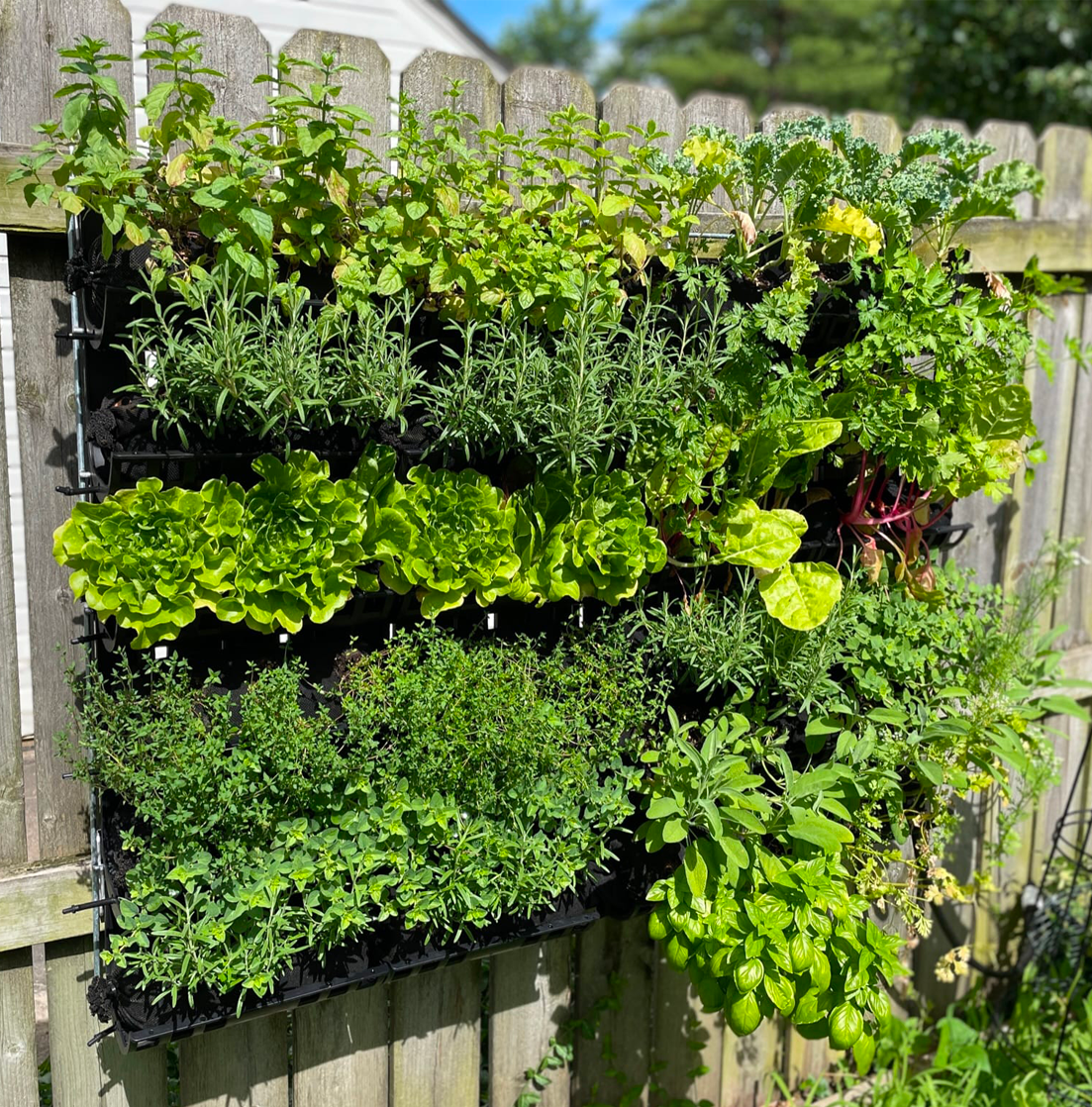Indoor Herbal Wall Garden – Easy Indoor Herb Garden Tips
Herbs take any meal to the next level, whether you’re adding garnish to your favorite Italian pasta or some extra layers to a Mediterranean-inspired dish. Fortunately, you don’t have to rely on grocery stores to grab fresh ingredients for your meals; you can easily and quickly grow herbs indoors with an herbal. Outdoor herb gardens are not possible in the winter through most of the northern regions but an indoor vertical garden or kitchen garden. It can enable you to grow and harvest fresh herbs through the winter and add an unusual visual appeal to your home too.
If you’re wondering how to start your very own vertical indoor herb garden, you’ve come to the right place. Check out our main blog page for a wide range of vertical gardening topics and info.
Why an Indoor Herbal Wall Garden?
Did you know that you can grow delicious fresh herbs in your own home or apartment, no matter how much or how little space you have? It’s easy when you use a vertical gardening system! Herbal wall gardens are rapidly growing in popularity, and it’s easy to see why.
Indoor herbal walls:
- Are easy to maintain,
- Take up virtually zero space,
- Are safe from foraging critters,
- Liven up any indoor area,
- Are protected from harsh elements, and
- Generate natural, healthy foods.
The real question isn’t: Why have an indoor vertical garden? The question is instead: Why don’t you have an indoor herb garden yet?
Why Our Varden™ Indoor Gardening System Works
We have everything you need to start growing your favorite herbs and veggies like cilantro, chives, oregano, and spinach from the comfort of your own home or apartment. We are confident that our system is so easy to use that even people who lack a green thumb and have killed every houseplant they’ve owned can start growing healthy food in no time.
Our system works because it takes cues from Mother Nature. We use our proprietary Vardensoks for planting seeds and sprouts because it gives roots what they need: room to spread out, breathe, and absorb nutrients. Good drainage is key to thwarting root rot’s attempts to destroy your garden. That is why our well-draining setup ensures that plants get only as much moisture as they require.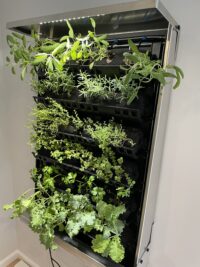
Other vertical gardening kits fail because they move away from Mother Nature. Growing in soil brings flavors and nutrition and that is how all Varden kitchen garden systems work. Many kitchen garden starter kits, for example, come in clay pots or mason jars. The issue with using these small planters to grow herbs is that they can’t give roots the room they need to thrive; they are also notorious for trapping excess moisture, increasing the chances of harmful mold growth. Other popular indoor gardening alternatives, such as hydroponic systems, might produce plants easily, but they aren’t very eco-friendly — they require excessive amounts of water, chemicals, and energy to function. Without soil to hold moisture and nutrients, hydroponic units have moved far away from “Mother Nature” and the taste and nutrition derived from growing in soil.
Return to nature and see the healthier, tastier results in no time.
Tips to Get Started on Your Indoor Herb Garden Wall
Start your own indoor vertical herb garden with ease and experience the joy of growing your own food. You may want to review another post were we talk about best plants for vertical gardening too.
To start, you’ll need to grab the essentials:
- Plant containers (trays and socks) and a vertical frame
- Herbs (sprouts or seeds)
- Nutrient-rich potting soil or compost blends
Check out the vertical farming systems and components we offer!
Choose the Best Herbs for Beginners
Growing herbs for the first time and not sure where to start?
The following are some of the best herbs and veggies for beginners: 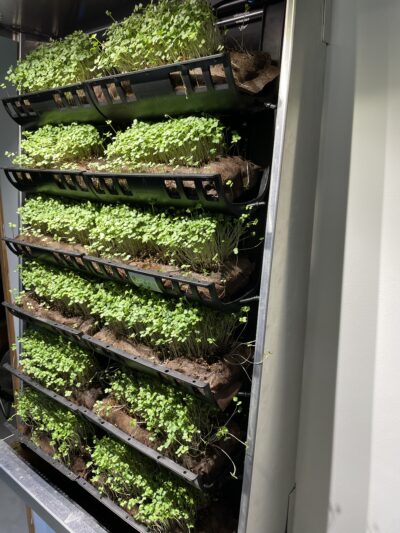
- Thyme
- Rosemary
- Parsley
- Mint
- Oregano
- Cilantro / coriander
- Basil
- Spinach
- Kale
- Arugula
- Microgreens too! (see it in action on YouTube)
You can pick up seed packets for these popular plants at most hardware and gardening stores. Or you can check out the fast-growing plants we offer through our Edible Plant Program.
Get Dirty
Our system requires dirt to help plants grow to their full potential. But not all plants tolerate the same types of soils. You will need to take soil types into consideration when planting your herb garden.
Plants that like drier soil include:
- Sage
- Rosemary
- Thyme
Plants that like wetter soil include:
- Lemongrass
- Mint
- Parsley
In addition to how moist the soil is, you’ll need to ensure that your soil is nutrient dense. Fortunately, good potting mix is easy enough to come by. You can find a wide selection at your local garden center or you can purchase some of ours, which is composted right here in St. Louis, Missouri.
Set the Lighting
Location is key! You need to ensure that indoor plants get enough light. What counts as “enough light”? Well, that will vary by plant species. Some plants enjoy lots of sunshine and will easily thrive next to a sunny window. Others do better in partial sunlight and will be perfectly fine if you move them away from your windowsill.
Plants that like full sun include:
- Basil
- Rosemary
- Thyme
Plants that like partial sun include:
- Tarragon
- Parsley
- Mint
Natural light is best, although that option isn’t always readily available, depending on your location. In these cases, an LED grow light can be a suitable alternative.
Get in Touch
Gardening doesn’t have to be a solo hobby. If you have any questions about our system or need suggestions on how to use it, please contact us. You can also join our Facebook group to get in touch with other horticulturalists and engage in a wider community of gardeners.
Discover More Indoor Herb Garden Wall Ideas on Our Pinterest!
